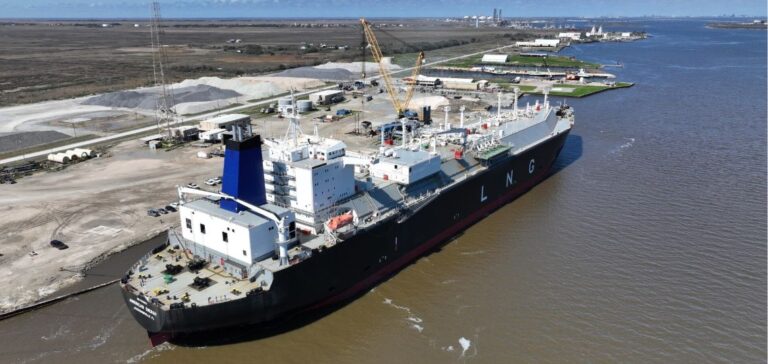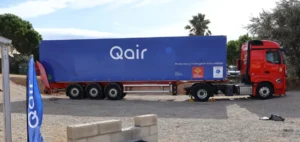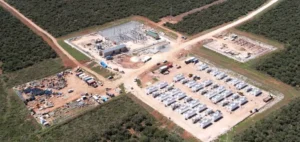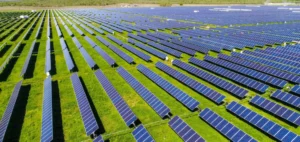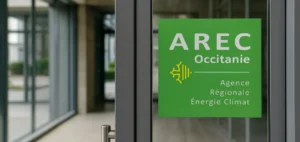Crowley, an American shipping company, has begun operations with its LNG tanker American Energy to ensure the supply of liquefied natural gas (LNG) between the United States and Puerto Rico. This partnership with Naturgy, a Spanish company, aims to support electricity generation on the island by supplying LNG to a receiving facility located in Peñuelas, on the southern coast of Puerto Rico.
The American Energy tanker, with a capacity of 130,400 cubic meters, will provide enough energy to power 80,000 homes for a year. The agreement between Crowley and Naturgy involves regular LNG deliveries from the Corpus Christi LNG terminal in Texas, where the ship was moored for its first mission. This operation responds to the need to stabilize Puerto Rico’s energy grid, which has long relied on alternative supply sources, particularly from Trinidad.
Bypassing the Jones Act of 1920
LNG transport between the United States and Puerto Rico falls within the framework of the Jones Act of 1920, which mandates that goods shipped between two U.S. ports must be transported on vessels built in the United States and flying the U.S. flag. However, the American Energy was reflagged under the U.S. flag after being built in France 31 years ago. This reflagging was made possible through an exception to the Jones Act that allows vessels built before 1996 to undergo this process, provided they are operated by an American crew.
This exemption allowed Crowley to comply with regulations while providing a supply solution for Puerto Rico. However, this solution is unlikely to be replicated in the short term due to the limited demand for U.S. LNG tankers, given the constraints of the Jones Act.
Commercial and Strategic Context
The partnership between Crowley and Naturgy marks a turning point in Puerto Rico’s energy strategy. The island recently ended its LNG supply contracts with Trinidad, a major supplier in recent years. By strengthening its presence in the U.S., Naturgy ensures a stable supply of liquefied natural gas while enhancing the competitiveness of its offerings in the global LNG market. This initiative could also pave the way for other similar contracts, although LNG supply between U.S. ports remains restricted by the Jones Act.
Moreover, Puerto Rico continues to rely on New Fortress Energy, which, through its offshore terminal in Mexico, also facilitates LNG imports while complying with regulations thanks to a waiver obtained from U.S. Customs authorities. This system allows for the bypassing of certain restrictions imposed by the Jones Act, but within a framework different from the one used by Crowley.
Energy Supply Outlook for Puerto Rico
This project allows Puerto Rico to diversify its LNG supply sources and reduce its dependence on certain traditional suppliers. By utilizing U.S.-based infrastructure and increasing supply options, the island aims to secure a more reliable energy source and optimize its electricity production costs.
In this context, the agreement between Crowley and Naturgy also highlights the tensions related to U.S. regulation, notably the Jones Act, which continues to be an obstacle for LNG transport between U.S. ports and its territories like Puerto Rico. However, this initiative could encourage other companies to consider similar solutions to meet the growing LNG demand in the region.


